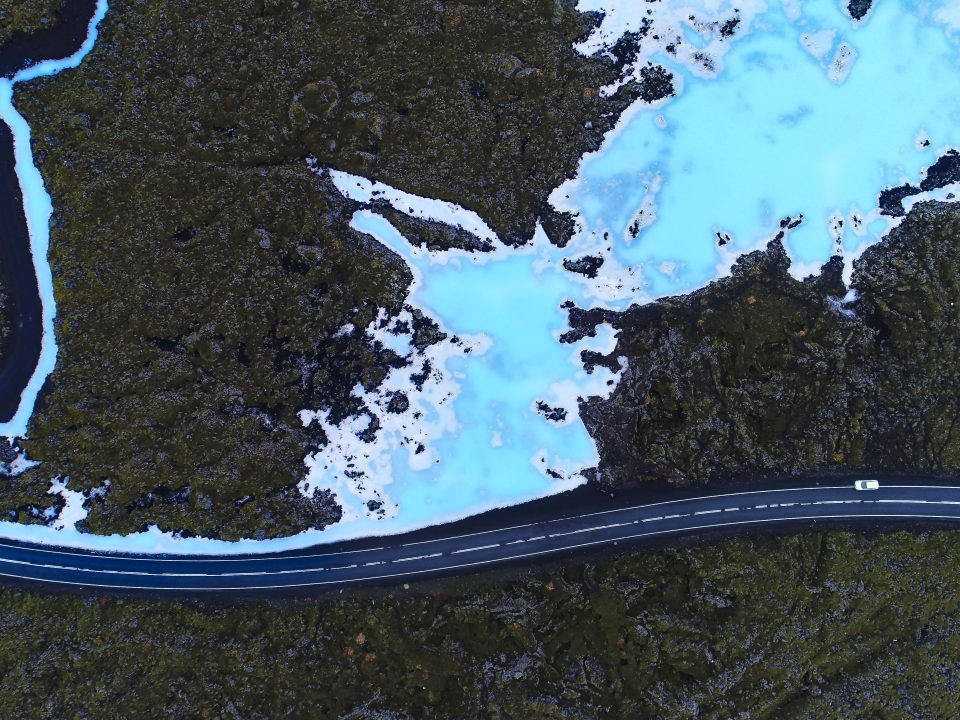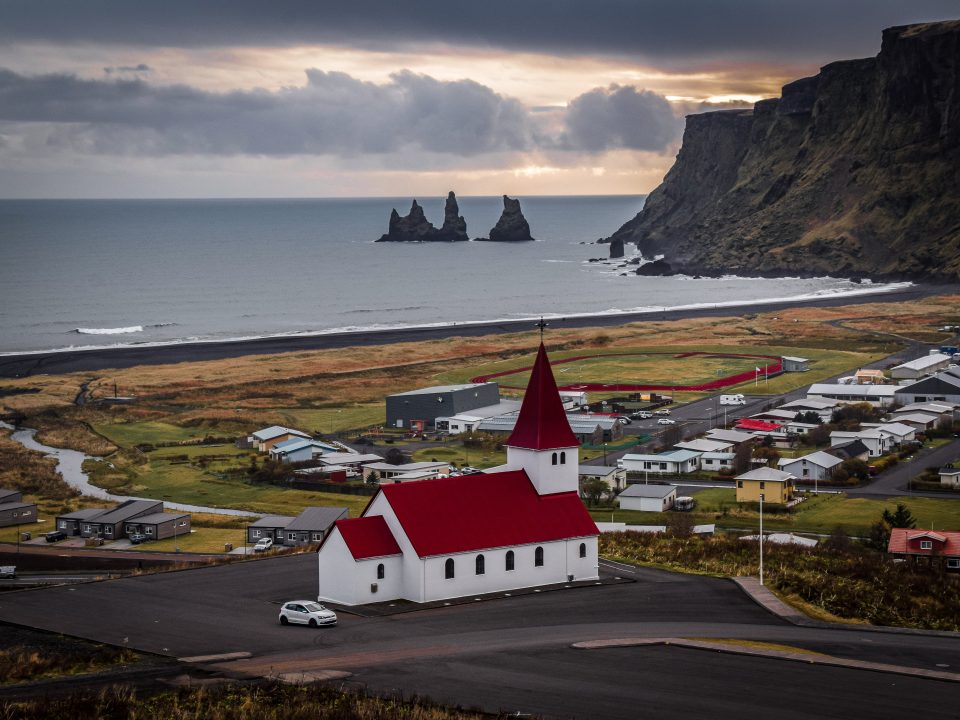NORTHERN LIGHTS IN ICELAND

THE SIMPLE GUIDE TO PARKING IN REYKJAVÍK CITY CENTER
February 15, 2021
CELEBRATING NEW YEAR’S EVE IN REYKJAVÍK
February 15, 2021Experiencing a firsthand view of the Northern Lights in Iceland is nothing short of amazing. Peering into the night sky, canvassed in a backdrop of darkness, with the stars twinkling, and then witnessing the spectacular northern lights. These colorful streams of lavender, green, and pink hues, also known as the Aurora Borealis, are a unique natural occurrence indeed.
While the Northern Lights are visible in various places worldwide, Iceland is one of the most popular destinations for viewing this amazing show of lights. With visibility being at its peak between August and March, if you’re planning a trip to Iceland during this time, be sure to add the Northern Lights to your itinerary.
Capturing views of the Northern Lights can be done via a professionally guided tour as well as venturing out on your own. Regardless of which experience you choose, it helps you be aware of the ideal weather conditions, what to pack, how to dress, and where some of the best viewing spots are.
Here, we will share the critical point that will help you make the most of your Northern Lights experience.
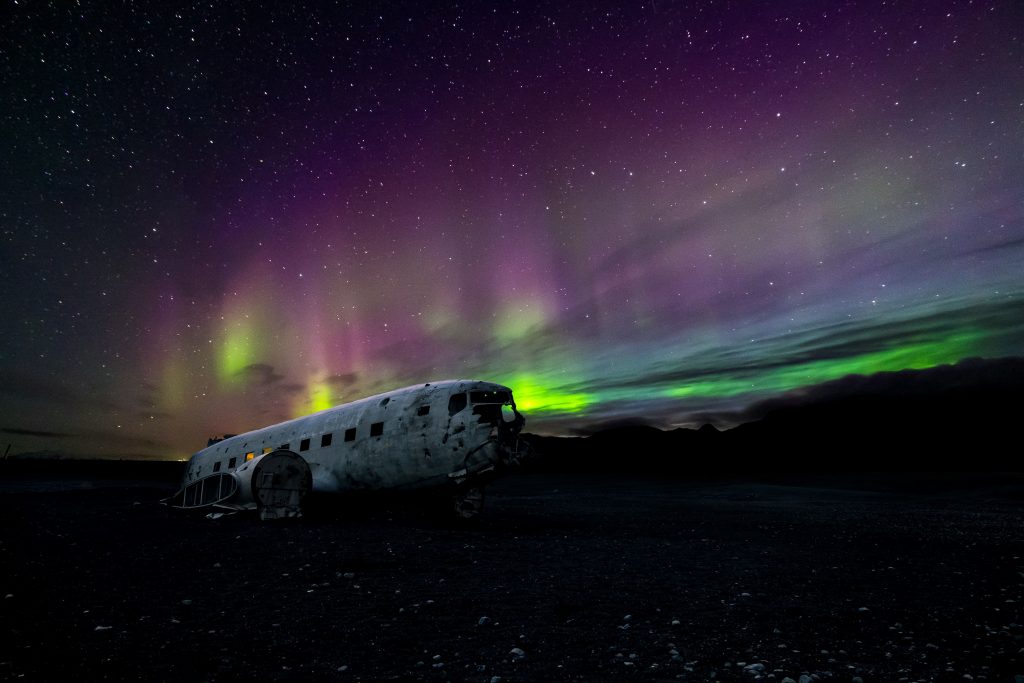
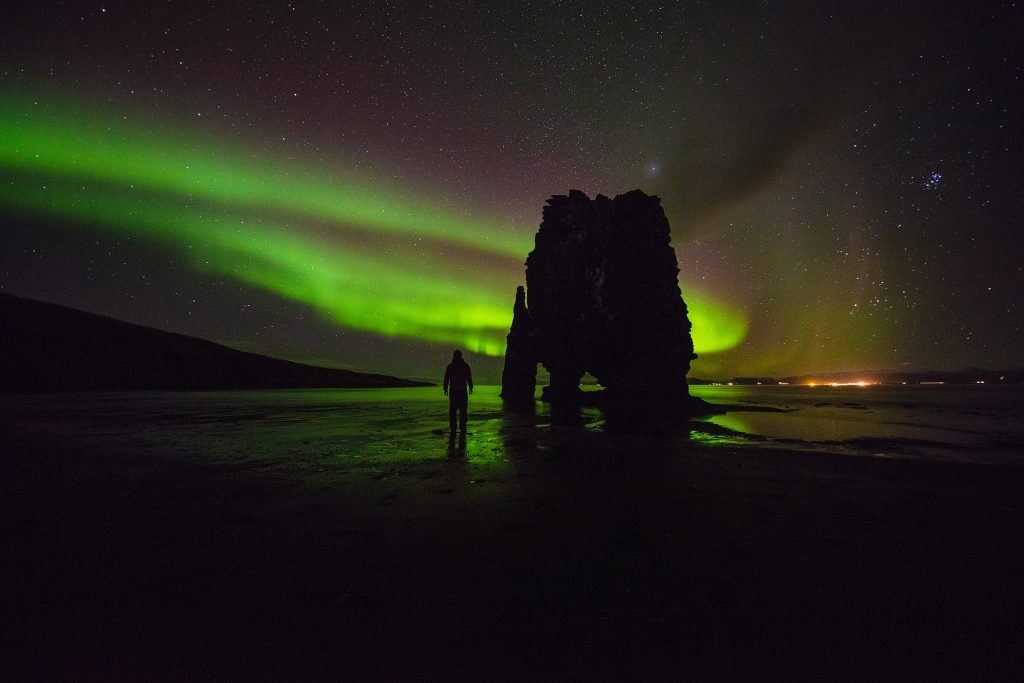
What are the Northern Lights?
Before the scientific explanations of these solar light shows, the various cultures throughout history created their mystical theories, ranging from good omens to spirits of the dead.
Now we know that the Northern Lights result from sun particles colliding with oxygen and nitrogen once they enter the Earth’s atmosphere. These electrically charged sun particles vary in intensity and speed, which affects the colors and power of the Northern Lights.
Because it is an act of nature, there is no guarantee of the aurora’s regularity of visibility. However, they are more active at the northern and southern poles of the earth. Since Iceland is so far north, it is an ideal spot for viewing them. Just as the “Northern Lights” are called the “Aurora Borealis,” the “Southern Lights” are formally referred to as the “Aurora Australis.”
Optimal weather conditions to see the Northern Lights
While Iceland’s Northern Lights season lasts for several months, weather conditions and time of year are also essential factors for capturing this natural phenomenon at its best. Iceland is one of the best locations to view the Northern Lights mainly because of its close vicinity to the Arctic Circle.
Once the Fall Equinox occurs, the temperatures start to drop, and the night skies are their darkest and longest of the year. It is during this season that the visibility of the Northern Lights is ideal.
To increase the chances of seeing the Northern Lights, make sure the skies are clear of clouds. Frequently clear night skies and freezing temperatures go hand in hand, so if you stay up to date with the Aurora service forecasts and endure the cold, you will most likely have ample opportunity to view the Aurora.
Choosing the best time to witness the Northern Lights
While nighttime skies increase the possibility of seeing the Northern Lights, once the winter solstice occurs in December, the north’s lights can sometimes even be seen during the day, especially in the parts of the north of Iceland. However, daylight and city lights typically cause the Aurora to be invisible.
Like most weather patterns, it is impossible to know an accurate forecast of the Aurora activity or cloud cover more than a few days in advance. The fewer clouds, the better, and having a basic understanding of the scale is helpful when referencing the aurora forecast. The scale measure is between 0 and 9, and anytime the forecast is higher than a 2, the likelihood of seeing the aurora is exceptional. Here you can check the aurora forecast!
While some city areas provide views of the aurora, it is recommended to travel outside of the city and away from light pollution as much as possible.
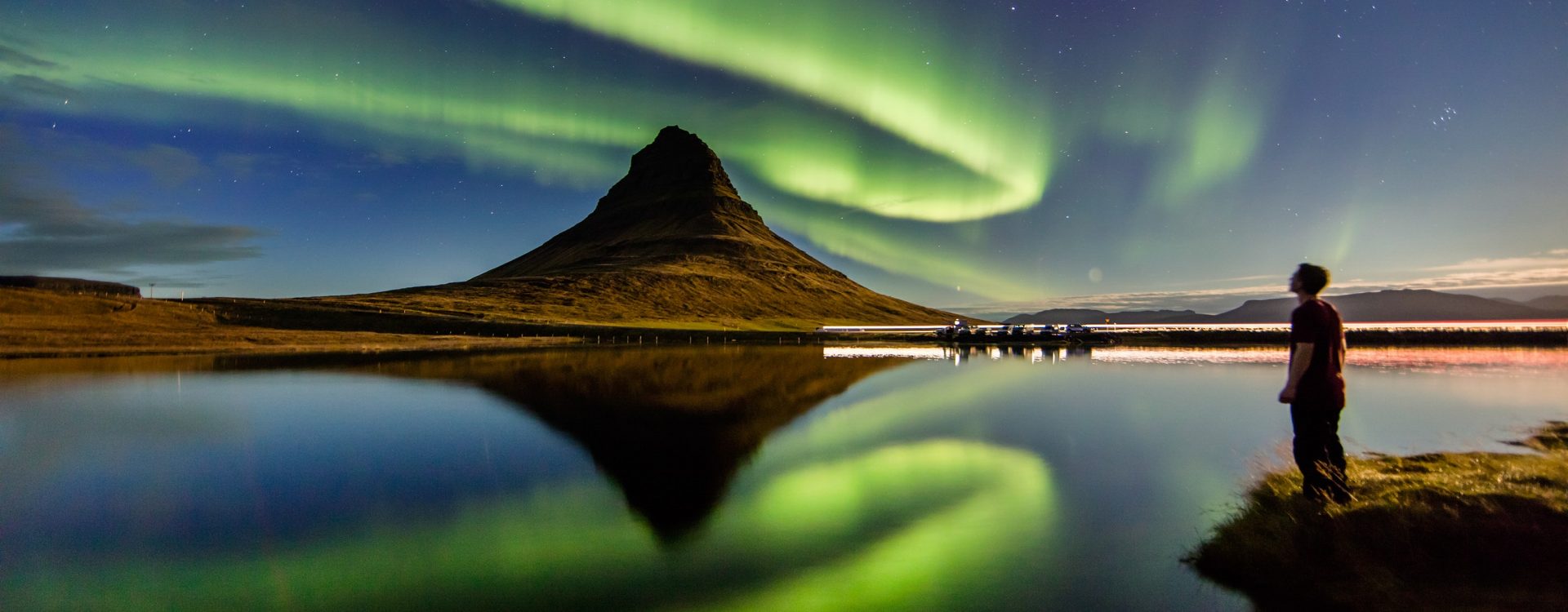
What to wear on an Aurora hunt?
When heading out on your quest to find the aurora, packing the right supplies and wearing the proper clothing is a must. As previously mentioned, the northern lights season is also the coldest time of year.
Pack plenty of energizing snacks, coffee, and hot chocolate to help keep you warm and cozy. Also, bundle up in clothes suitable for skiing or hiking in the snow, incorporating multiple layers to adjust to Iceland’s ever-changing temperatures and weather. Thermal undergarments and waterproof outerwear are ideal.
Above all, the attire you wear on your aurora hunt should be comfortable and warm, from head to toe. Don’t forget a scarf, hat, hand and toe warmers, and gloves, too. Indeed, you’ll want to keep your fingers warm, but bulky mittens or gloves will hinder your ability to use a camera. So, plan on wearing a pair of microfiber gloves underneath a thicker pair of mittens or gloves that can be easily removed.
Packing gear for photographs
Most likely, you plan to capture your Northern Lights experience on camera, which is an excellent idea. To the naked eye, the Northern Lights often appear white or faded in color unless you are fortunate enough to capture it on a perfectly brisk, clear, brightly lit night.
Typically, the vibrant colors of the aurora will be more vivid with a camera. The camera needs to work well in low light, and a model with high ISO performance will produce the best photos. When choosing a camera lens, opt for a wide lens with a fast aperture and a camera capable of 15-30 seconds exposure.
Pack a tripod to provide more stability for the photos, and remote control operated camera will prevent the camera from shaking. Be sure to pack one or two extra memory cards and plenty of spare batteries as well; batteries tend to drain more quickly in cold temperatures. Packing your camera in a bag will make it more travel-friendly, protect it, and help prevent the lens from fogging up, especially in drastic temperature changes, as you move from the vehicle to the outdoors.
Best Places
There are many variables to consider when planning on watching the Northern Lights. While the Northern Lights can be witnessed from most locations in Iceland, some sites are better than others as long as the weather is cooperating. While you may view the Northern Lights in Reykjavik, Iceland’s capital, it may be better to get out of the city to avoid light pollution, which will affect your experience and chances.
Below we have compiled a list of some of the very best places in Iceland to view the Northern Lights:
- Seltjarnarnes, the peninsula in Reykjavik, will provide Aurora hunters with a spectacular sight. There is the Grótta lighthouse on this narrow piece of land.
- Öskjuhlið hill is home to the famous glass-domed Perlan Museum, which is visible from miles away. The museum is open daily, but even if you don’t make it during business hours, it’s only a short walk from downtown Reykjavik and provides breathtaking views of the Northern Lights.
- Þingvellir national park is about 40 km from Reykjavik. Here you can enjoy overlooking the national park and have a perfect view of the night sky as you wait for the northern lights to make their appearance.
- Vik is a coastal town that boasts black beaches. If you want to enjoy an abundance of nature, find a spot on the beach where you can enjoy the sound of ocean waves, feel the salty air, and watch the light show in the sky as it casts reflections on the water.
- Eldborgahraun will take you away from the city to escape into the moss-covered lava terrain and gaze overhead to view the Aurora borealis.
- Blue Lagoon geothermal spa is located close to Grindavik, only 20 minutes from Reykjavik. The lava terrain around the Blue Lagoon is a perfect place to spot the northern lights, and you can enjoy the northern lights while soaking in the warm geothermal heated water.
Using this information will increase your chance of seeing the Northern Lights experience and making memories that last a lifetime. So, whether you choose to find the Northern Lights by joining a tour with a local expert guide or decide to rent a car to enjoy your adventure, planning is critical.


